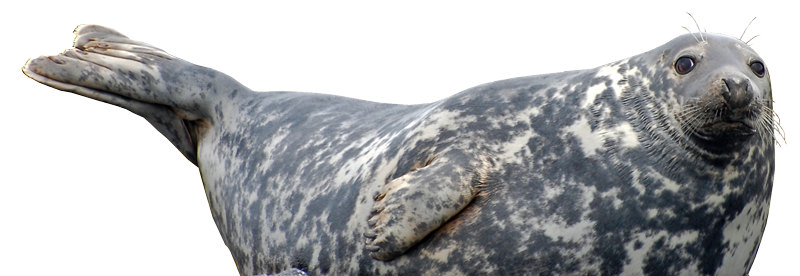CANADIAN SHARK ATTACK https://naac.iem.edu.in/ REGISTRY
https://carguidenation.com/cars-catalytic-converter-stolen/
Diver bumped and dragged by porbeagle shark
| Case number: 19 |
| Date: 2000-12-05 |
| Location: Digby, Nova Scotia |
| Incident type: Diver bumped and dragged by shark — Code: PRE |
| Species (Suspected): Porbeagle shark (Lamna nasus) |
| Possible cause(s): Bait in water (Provoked) |
| Result: No injury |
| Status: Confirmed¹ |
Description: Daniel MacDonald, an urchin diver, felt a strong bump on his flank while he was harvesting green sea urchins at a depth of 16 m. Turning to see what had hit him, he came face to face with a three-metre shark that had latched onto his catch bag full of the prickly echinoderms. The shark then proceeded to swim with MacDonald in tow.
The shark eventually shook and released the bag—and MacDonald—before focusing its full attention on the diver. It circled and then rushed at him repeatedly. MacDonald had to hit the shark several times with his urchin bag during his 15-minute (60 m) swim back to shore. Assessment: Encounters with porbeagle sharks by scuba divers are very rare, especially violent confrontations such as this one. The shark may have initially been attracted to the area by the scent trail produced by fresh bait placed inside lobster traps. The shark may have then been attracted by the sounds and vibrations produced by the diver, who also happened to be carrying a bag full of green sea urchins. The porbeagle shark is primarily a fish eater, but it has been suggested² that it also occasionally feeds on sea urchins*, which may explain why the shark took such an interest in the diver’s catch bag. The shark’s reported length of three metres would be close to the maximum known³ size for this species.
|
* There are few credible references listing sea urchins as a food source for the porbeagle shark. Sea urchins found in the stomach contents of porbeagles may thus have been ingested when the sharks took fish or squid at or on the sea floor.References:
|









